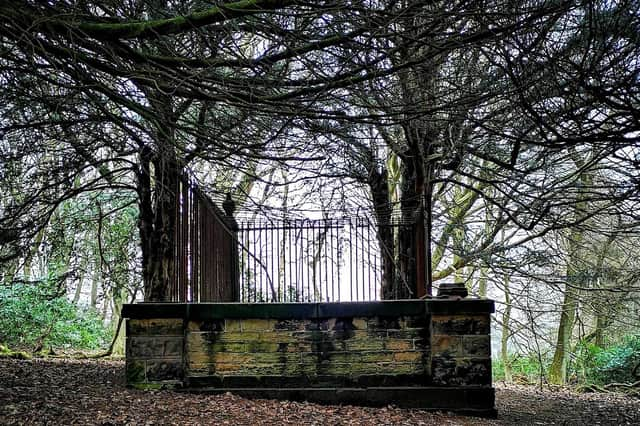Most known for stealing from the rich to give to the poor, Robin Hood was an outlaw, fugitive and philanthropist who lived in Sherwood Forest with his band of ‘Merry Men’.
The English folklore legend was a highly skilled archer and swordsman, known to flout the harsh forest laws of the 13th century.
The monument known as Robin Hood's Grave is located in a privately owned woodland, 650 metres from the gatehouse of the former Kirklees Priory.
According to the tale 'A Gest of Robyn Hode', a gravely-ill Robin Hood travelled to Kirklees Priory whilst fleeing the Sheriff of Nottingham in order to be treated by the Prioress.
Unbeknown to him, she was the mistress of Sir Roger of Doncaster – one of Robin's most prominent enemies – and, under the pretence of bloodletting, the Prioress cut one of Robin's veins and left him to slowly bleed to death.
It is said that Robin fired one last arrow into the air and asked to be buried where it landed.
The traditional site of Robin Hood’s grave at Kirklees estate has been the subject of controversy since the 16th century.
There are doubts about its authenticity, and over the centuries there have been conflicting accounts regarding the contents of the grave site.
After an investigation was conducted with the aid of a ground penetrating radar by the crew of the TV show Expedition Unknown in 2015, there was found to be no indication of a ground disturbance to indicate a burial.
Also, no evidence of a body was found by using the ground penetrating radar at this site.
Despite this, the mystery around the legend, and the site in Kirklees, still remain.
Here are 14 photos of Robin Hood’s supposed grave, taken by the renowned Yorkshire urban explorer, Lost Places and Forgotten Faces. (https://www.facebook.com/Lostplacesandforgottenfaces)
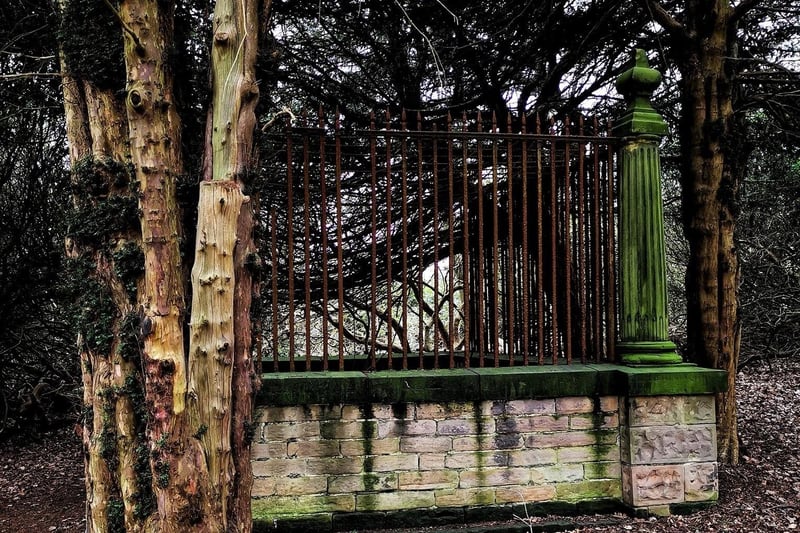
1. Robin Hood's grave
The traditional site of Robin Hood’s grave at Kirklees estate has been the subject of controversy since the sixteenth century. Photo: Lost Places & Forgotten Faces
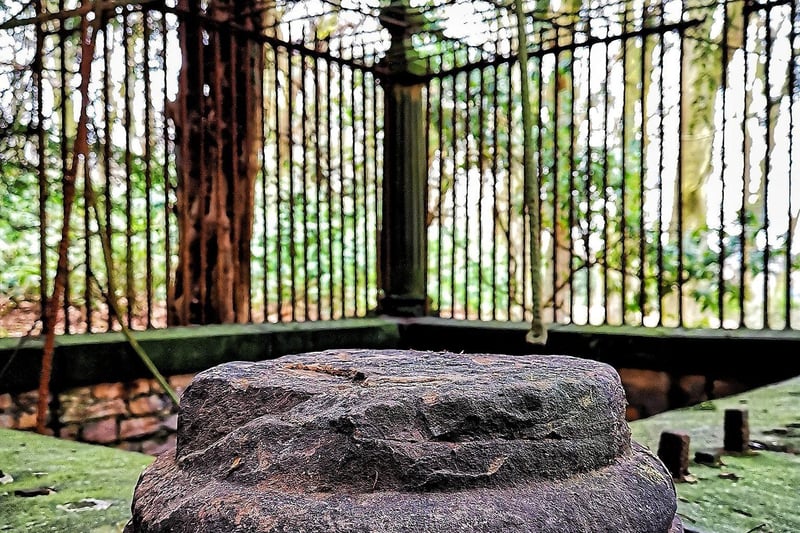
2. Who was Robin Hood?
Robin Hood was an outlaw, fugitive and philanthropist who lived in Sherwood Forest with his band of ‘Merry Men’. Photo: Lost Places & Forgotten Faces
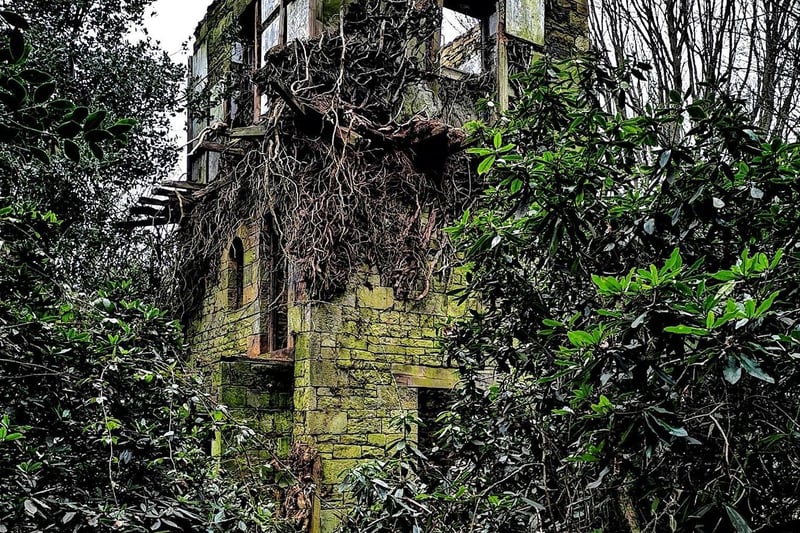
3. Lost in folklore
The English folklore legend was a highly skilled archer and swordsman, who flouted the harsh forest laws of the 13th century. Photo: Lost Places & Forgotten Faces
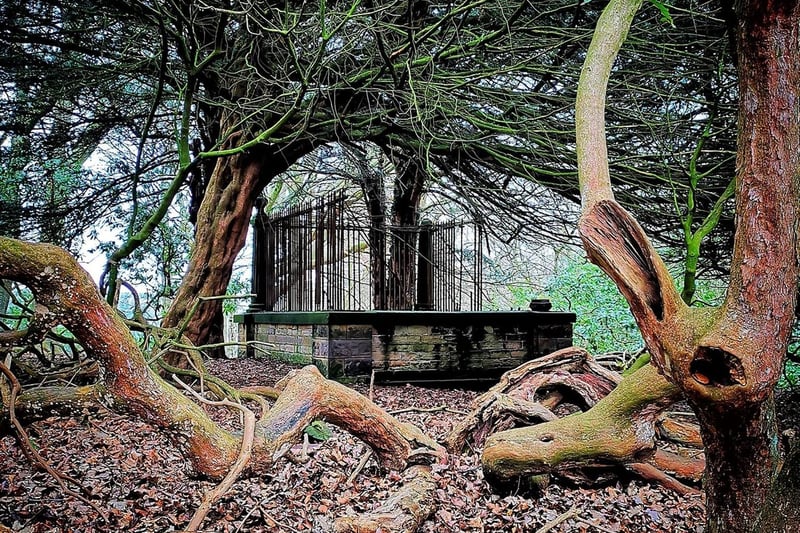
4. From Nottingham to Kirklees
According to the tale 'A Gest of Robyn Hode', a gravely ill Robin Hood travelled to Kirklees Priory whilst fleeing the Sheriff of Nottingham in order to be treated by the Prioress. Photo: Lost Places & Forgotten Faces
